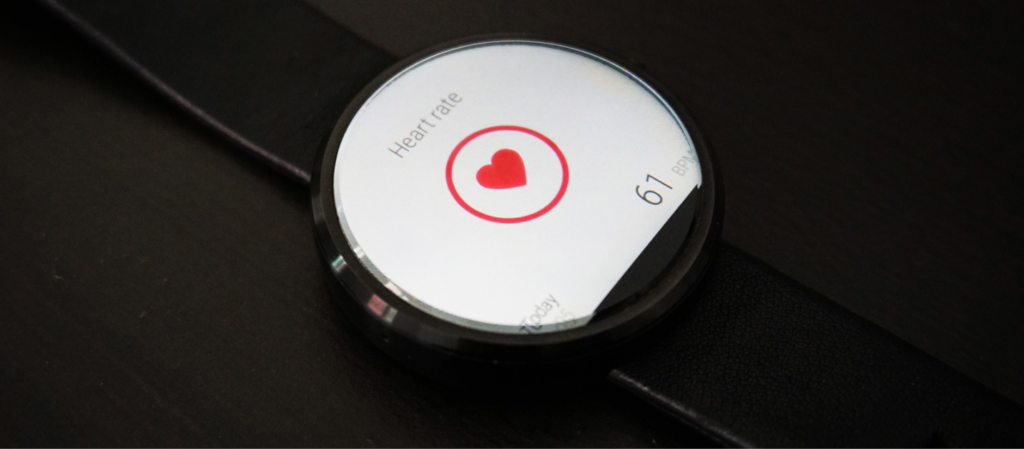
Introduction to Heart Rate and Fitness
Heart health is a top priority for anyone committed to fitness. But how do you know if your heart is working as hard as it should during your workouts? Enter heart rate monitoring—your secret weapon in achieving peak performance and optimizing workout efficiency. Understanding your heart rate not only enhances exercise health but also helps you reach those ambitious fitness goals you’ve set for yourself.
Whether you’re a seasoned athlete or just starting out, keeping an eye on your pulse can provide invaluable insights into your training intensity and overall cardiovascular health. The beauty of modern fitness technology means that tracking this vital sign has never been easier. Let’s dive deeper into why paying attention to your heart rate could be the game-changer you’ve been looking for!
How to Monitor Your Heart Rate
Monitoring your heart rate can be done effortlessly, whether at rest or during exercise. The simplest method is to use your fingers to locate your pulse on the wrist or neck. Gently press until you feel a heartbeat and count the beats for 15 seconds. Multiply that number by four for a full minute reading.
For more precise results, consider using fitness technology like heart rate monitors or smartwatches. These devices provide continuous tracking, giving insights into your training intensity throughout workouts.
Another option is to check out some dedicated fitness apps that use camera sensors on smartphones. They analyze blood flow changes in your fingertip to calculate heart rates accurately.
Whichever method you choose, consistency is key. Regularly monitoring helps in setting personalized fitness goals and ensures effective health tracking over time.

The Benefits of Monitoring Your Heart Rate during Exercise
Measuring your heart-rate during exercise provides valuable insights into your workout intensity. It helps ensure you’re pushing yourself enough to reach your fitness goals without overdoing it.
By keeping an eye on your heart rate, you can maximize calorie burn and improve cardiovascular health. Staying within specific zones boosts fat loss and enhances endurance, giving each session a purpose.
Additionally, understanding how your body responds to different intensities allows for safer workouts. You’ll reduce the risk of injury or burnout by avoiding extremes in training intensity.
Heart rate data also lets you track progress over time. This feedback can motivate you to adjust workouts as needed to keep challenging yourself.
Paying attention to these details transforms every workout into a more effective experience tailored just for you.
Different Heart Rate Zones and their Effects on Fitness
Understanding heart rate zones can significantly enhance your fitness journey. These zones are categorized based on the percentage of your maximum heart rate, and each serves a unique purpose.
The resting zone is crucial for recovery, while the fat-burning zone helps you shed those extra pounds efficiently. When you push into the aerobic zone, you’re boosting cardiovascular health and endurance.
Venturing into the anaerobic zone ramps up intensity. This level fosters strength and speed improvements but requires careful management to avoid overtraining.
There’s the peak zone—perfect for high-intensity interval training (HIIT). Spending time here elevates your overall workout efficiency dramatically.
By recognizing these zones, you can tailor workouts to meet specific fitness goals more effectively. Monitoring where you fall in these ranges empowers you to maximize results while keeping safety in check.

Using a Heart Rate Monitor for Optimal Training
A heart rate monitor is an invaluable tool for anyone serious about fitness tracking. It provides real-time feedback on your cardiovascular performance, allowing you to adjust your training intensity immediately.
Wearing a heart rate monitor helps you stay within optimal heart rate zones. This ensures that you’re working hard enough to see results without overtraining. By understanding your body’s responses, you can maximize workout efficiency and reduce the risk of injury.
Many modern monitors sync with fitness technology apps, offering insights into trends over time. Tracking these metrics enables you to refine your approach, set achievable fitness goals, and enhance overall exercise health.
Whether you’re running, cycling or engaging in high-intensity interval training (HIIT), a reliable monitor keeps you informed. The data collected empowers you to fine-tune each session for better outcomes and improved cardiovascular health.
Tips for Monitoring Your Heart Rate Effectively
To monitor your heart rate effectively, start by choosing the right time. Measure it when you wake up or during workouts for accurate readings.
Invest in a reliable heart rate monitor. Whether it’s a smartwatch or a chest strap, make sure it fits well and provides real-time data.
Stay consistent with your measurements. Track your heart rate before, during, and after exercise to understand how your body responds to different intensities.
Utilize fitness apps that sync with your devices. These can help analyze trends over time, making it easier to adjust your training intensity based on data.
Remember to pay attention to factors like hydration and temperature. They can significantly influence heart rates, so consider these variables when tracking progress.
Listen to your body’s signals alongside the numbers. Sometimes intuition is just as important as technology in understanding cardiovascular health.

Conclusion: Why Everyone Should Pay Attention to Their Heart Rate for Better Fitness Results
Monitoring your heart rate is essential for achieving fitness goals and improving overall exercise health. By keeping an eye on your heart rate, you can gain valuable insights into your workout efficiency and training intensity. This awareness allows you to tailor your workouts more effectively, ensuring that you’re pushing yourself just the right amount.
Heart rate monitoring provides a clear picture of how hard your body is working during physical activity. It helps in preventing overtraining while also motivating you to reach new milestones. Understanding different heart rate zones enables better management of cardiovascular health, making each session feel more rewarding.
Fitness technology has made it easier than ever to track this vital metric with accuracy through various devices like smartwatches or chest straps. These tools not only act as personal trainers but also send alerts when you need to adjust your pace or effort level.
Incorporating effective heart rate monitoring into your routine can transform the way you approach fitness. Whether you’re a beginner or a seasoned athlete, paying attention to this simple yet powerful metric can lead to enhanced performance and improved results in every workout session. Embracing heart rate benefits will ultimately empower you on your journey towards optimal health and wellness.
For more such content, keep visiting QAWire


